categories
Five Indoor Activities for Studying Insects
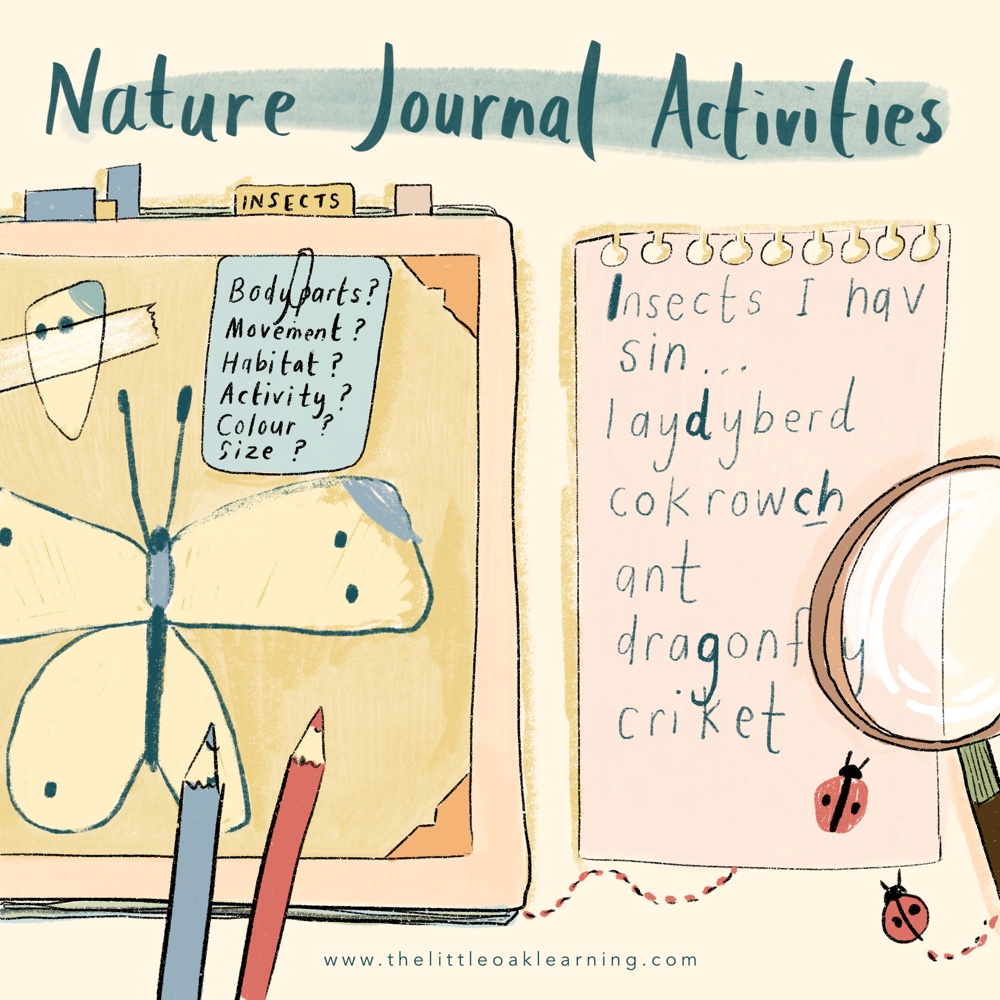
Work on your nature journal
Using the nature journal cards provided in our Field Guide to Insects you can work on a few pages of your nature journal. The idea is to take the notecards out with you each time you go outside and especially when you will be observing insects. Here are a few ideas of nature journal prompts for your studies:
Draw what you see. If you find an insect that you want to observe, spend some time watch and drawing. What body parts do you notice? How does it move? Where is it? Is it eating anything? You could have a little check list of questions/prompts down the side of your card – colour, size, habitat, activity.
Keep a list of all the different insects you see during your studies. Perhaps this will be split into types such as ‘butterflies’ or perhaps it will be more specific and list individual species, such as ‘Red Admiral Butterfly’.
Annotate what family members comment on whilst observing insects. It will be a joy to look back on what family members said during their studies. This could be anything from “I wonder why cockroaches are thought of so badly” to “What happens at night time? Do the insects go to sleep?” to “See the way it’s carrying part of a leaf! Let’s watch and see where it goes!”
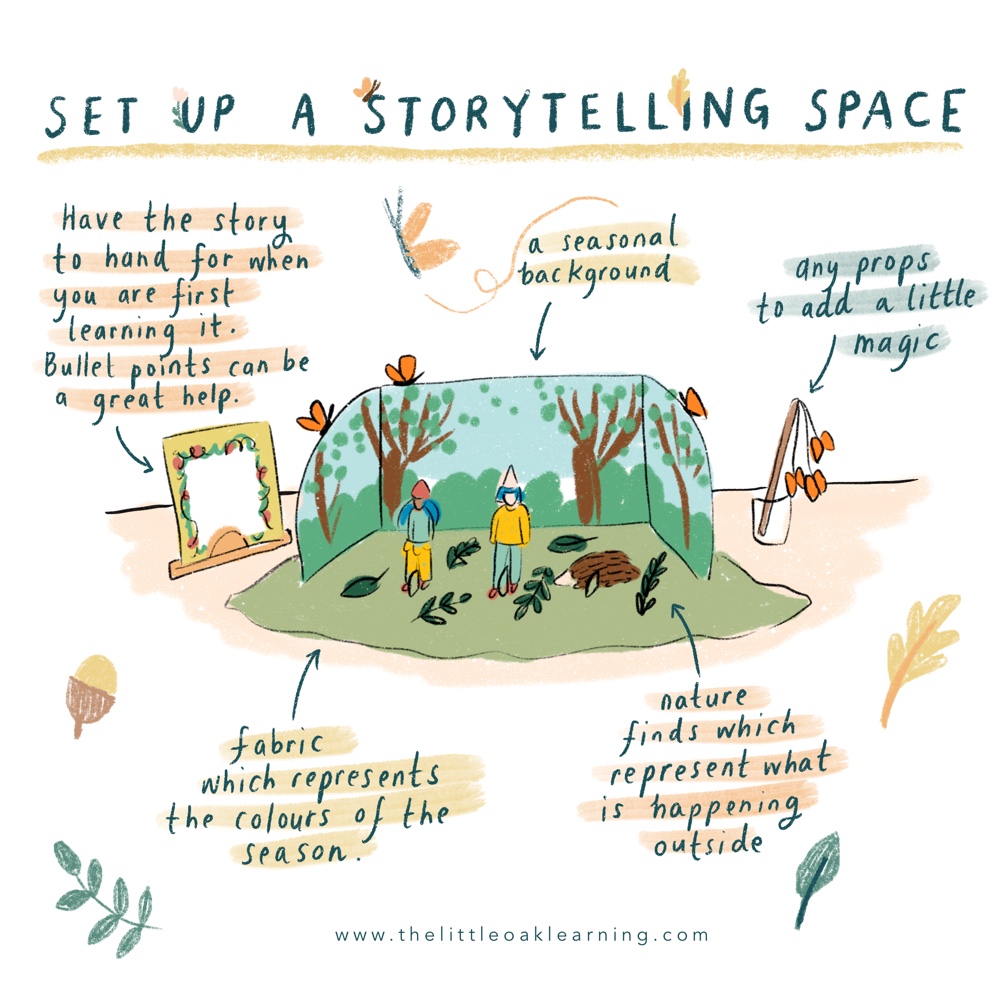
Set up a storytelling space
Storytelling is a great way for children to explore and deepen their ideas and understandings. Setting up a space for them to tell stories, through small world play, puppets, figures, props or costumes gives the opportunity to delve into their learning through play. In our Field Guide to Insects we have a storytelling set which you can print, cut and set up on a tray or shelf. You may wish to create a little more of a scene, with some additional props:
- Brown or green fabric to represent the earth.
- Leaves, twigs, moss etc placed over the fabric on the ground.
- Leaves and twigs placed in a small vase or pot to represent plants and trees and the insects that live on them.
- Any small insect figures that you may have.
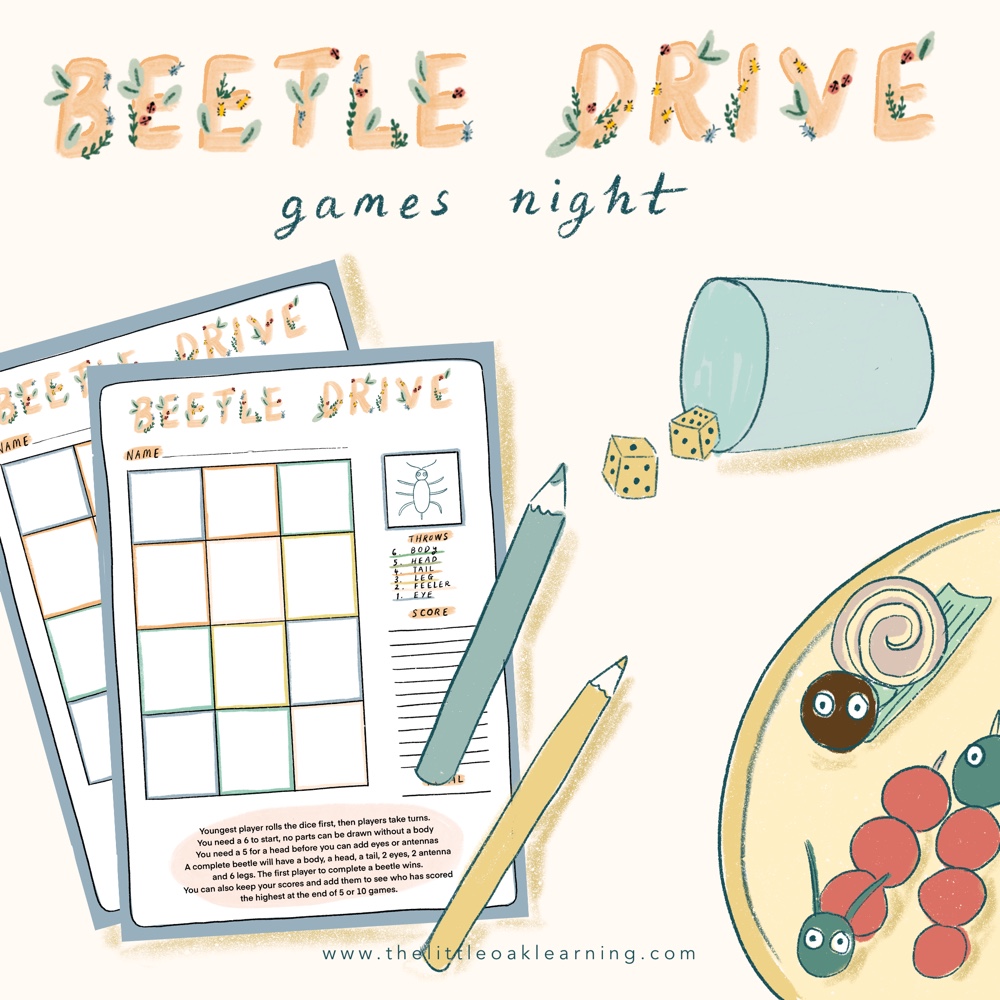
Have a beetle games night
Beetle Drive is such a fun and simple game. You can roughly draw your own version of the cards or print them from our Field Guide to Insects. Inside the Field Guide we also have a head, body, tail game, and picture cards that can be printed twice to create a game of snap or write facts on to create your own ‘top trumps’. Enjoy an insect themed family games night with Beetle Drive and any other insect themed games you already have, or have printed from The Field Guide. Perhaps you’ll make a thing of it and have some insect themed snacks.
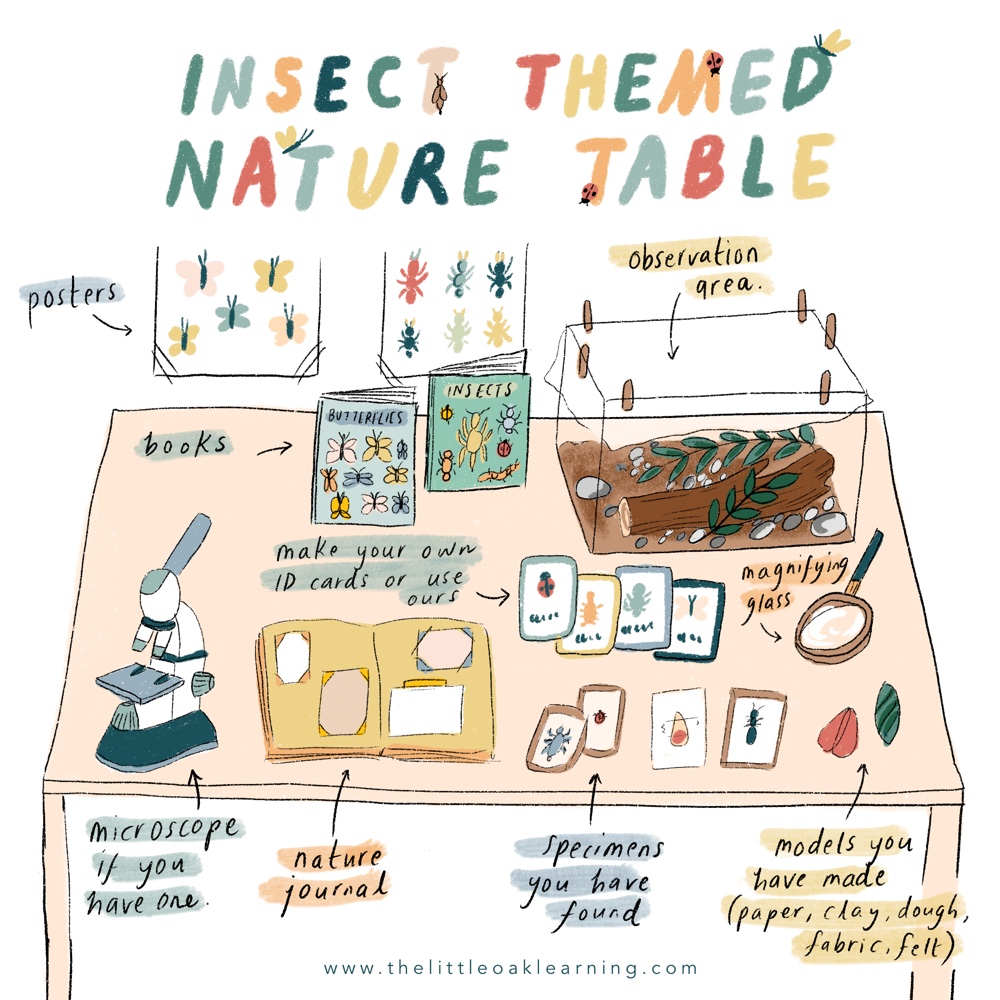
Create an insect themed nature table
The nature table is at the heart of a nature loving family home. It evolves through the seasons and through your topics of study. Things come and go, as they are studied. For an insect themed nature table perhaps you will add:
- Insect picture cards from our Field Guide
- Any insect diagrams or models that you make whilst studying
- Your nature journal
- Any deceased insects that you have found such as butterfly wings, beetles etc. You can place them in small glass jars or little boxes.
- Magnifying glass
- Opportunities for drawing and writing; note book, plain paper, pens and pencils
- Identification books such as field guides and study books.
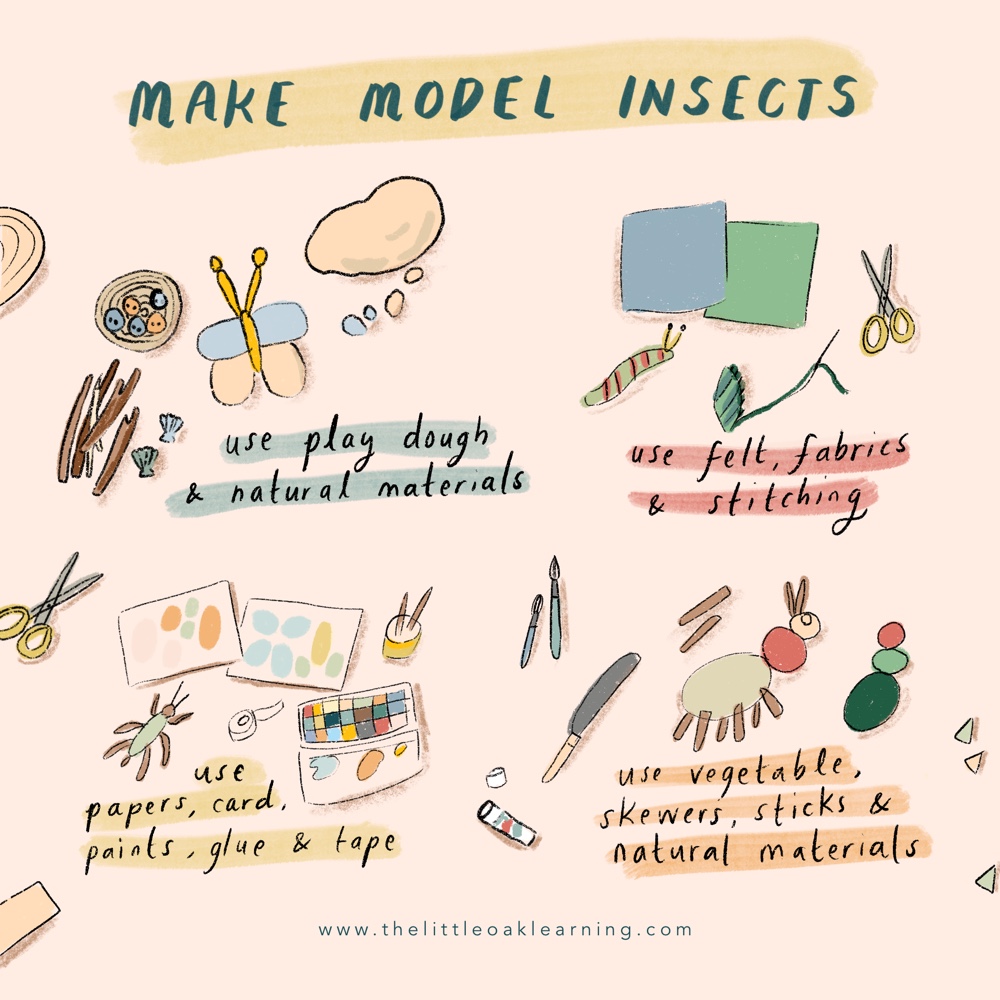
Make Insect models
Have a crafty afternoon making insect models. This is a great way of learning and understanding more about the anatomy of insects which categorise it; three part body (head, thorax and abdomen), three pairs of jointed legs, compound eyes, one pair of antennae). You could make your models from playdough or clay and use other materials to add to your models such as buttons for eyes, twigs for legs etc. You can also add natural food colouring to create different coloured doughs – beetroot powder for red, powders such as nettle, spinach or seaweed give green and cocoa for brown. Alternatively if you use clay or salt dough, you can paint your models afterwards.
CATEGORY
2/01/2021
COMMENT LOVE